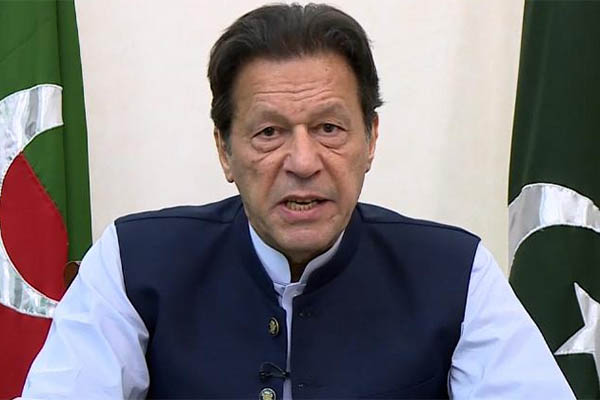
File photo
Former prime minister Imran Khan’s popularity has been dashed by the same “new” element—divisiveness and discord—that he re-introduced into national politics, as the traditional narratives he employed wither on the vine. Starting with his 2014 dharna in Islamabad, Khan has curried favor with the public by alternating between an “Islamic touch,” most clearly visible in the prayer beads he carries everywhere; an anti-West narrative that found greatest traction among overseas Pakistanis who struggle to assimilate into their adopted homelands; and a perpetual “attack mode” against all rivals and perceived enemies. Unfortunately, all these narratives have come with an underlying theme of unrest and extremism, which even “seasoned” politicians in the Pakistan Tehreek-e-Insaf (PTI) could not avoid until the ongoing crackdown against the party after the May 9 riots left them with little choice but to distance from the “radical thinking” of their leader.
According to the government, citing intelligence reports, Khan allegedly instructed his party leadership on which locations to target in case of his arrest, with various leaked audios seemingly validating this. In one such call, PTI loyalist Murad Saeed can be heard instructing workers to gather at “previously designated” places. Khan maintains he had no knowledge of this, but it is difficult to imagine that the party would take any step without his backing. Per one report, following a May 6 rally in Rawalpindi, Khan admonished the PTI’s Rawalpindi Chapter “for ending their rally at Marir Chowk instead of taking it to Katchehri Chowk (in close vicinity of the Army House) within the limits of Cantonment area,” suggesting the goal was always to target military installations. It is such evidence of alleged “pre-planning” that authorities claim is to blame for the ongoing exodus of PTI leaders and workers.
But while any foreknowledge of the so-called plans within the leadership is debatable, it is undeniable that Khan sold an anti-establishment narrative to PTI supporters, who failed to realize that the former prime minister’s ultimate goal was not to get the Army out of politics, but rather back on his side. He clearly miscalculated how this could be achieved. The unending wave of resignations from the PTI has raised questions over what kind of pressure is being exerted on its leaders to get them to “betray” Khan; a question rarely being asked is whether the deserters have finally just realized that standing by the PTI chief will no longer net them any benefits.
